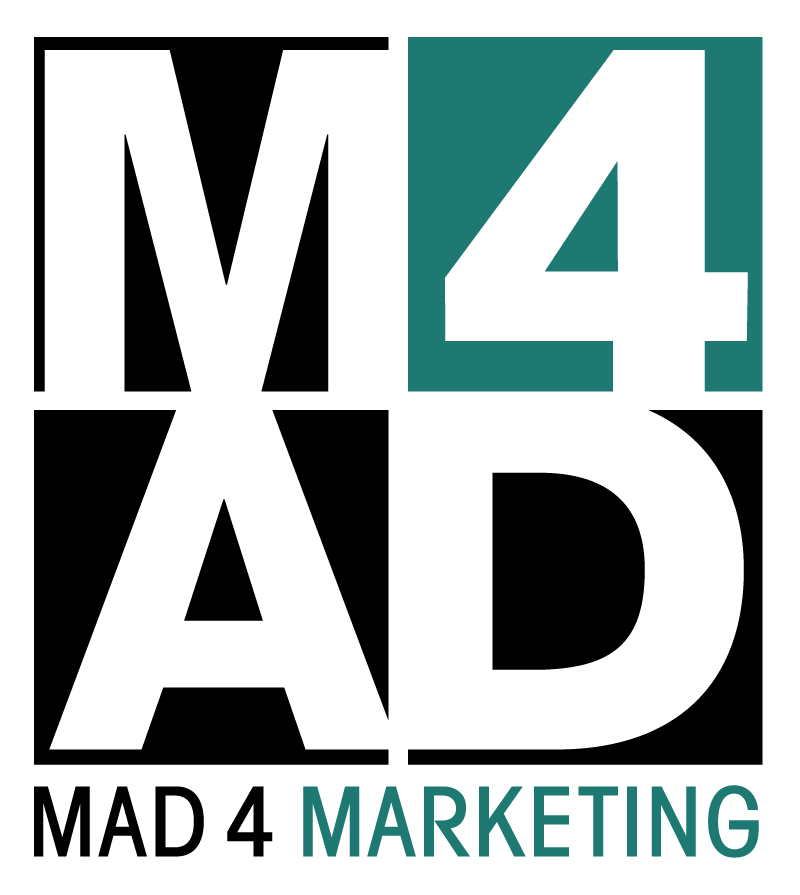This month, the controversial negative-reinforcement advertising campaign to help smokers quit took one of its biggest steps: Labels promoting graphic, gross images depicting the health repercussions of tobacco have been selected to run on all cigarette packages going forward. Cigarette companies must have one of these nine labels on their packages by October 2012 or can be slapped with steep fines as well as other penalties.
Pictures include a tar-riddled, cancer-lacerated mouth, a sick infant and a post-autopsy corpse. They signify not only a dramatic federal enforcement of health advocacy and education, but represent the biggest reform to warning labels in several decades (the Surgeon General tag was ordered in 1984).
The Food and Drug Administration gained the power to mandate such warning labels in 2009 (they were deemed not in violation of freedom of speech or marketing laws), and sample images were sent out for surveys (of more than 18,000 participants) and public response (1,700 comments) before the final nine were selected to represent a cross-section of demographics and speak to groups with various interests in and histories of smoking. Pictures ruled out of the original lineup include a tagged toe at the morgue and a mother blowing smoke toward her child.
According to The Wall Street Journal, these images must be printed on the top half of cigarette packages and occupy 20% of advertising space; all labels must also provide a toll-free phone number where smokers can solicit advice and support about how to quit cigarettes.
That being said, the effectiveness of these labels has not been entirely conclusive. Although a quarter of smokers said the labels could change how they think about quitting, the biggest boon could be that more individuals will become aware of the health complications regardless of their final, personal choices. An official quote states that upward of 200,000 current and potential smokers should be affected in the first year.
What do you think about the potential effectiveness of anti-smoking graphics on cigarette packages? Is negative reinforcement a strong motivator or a fear tactic?
